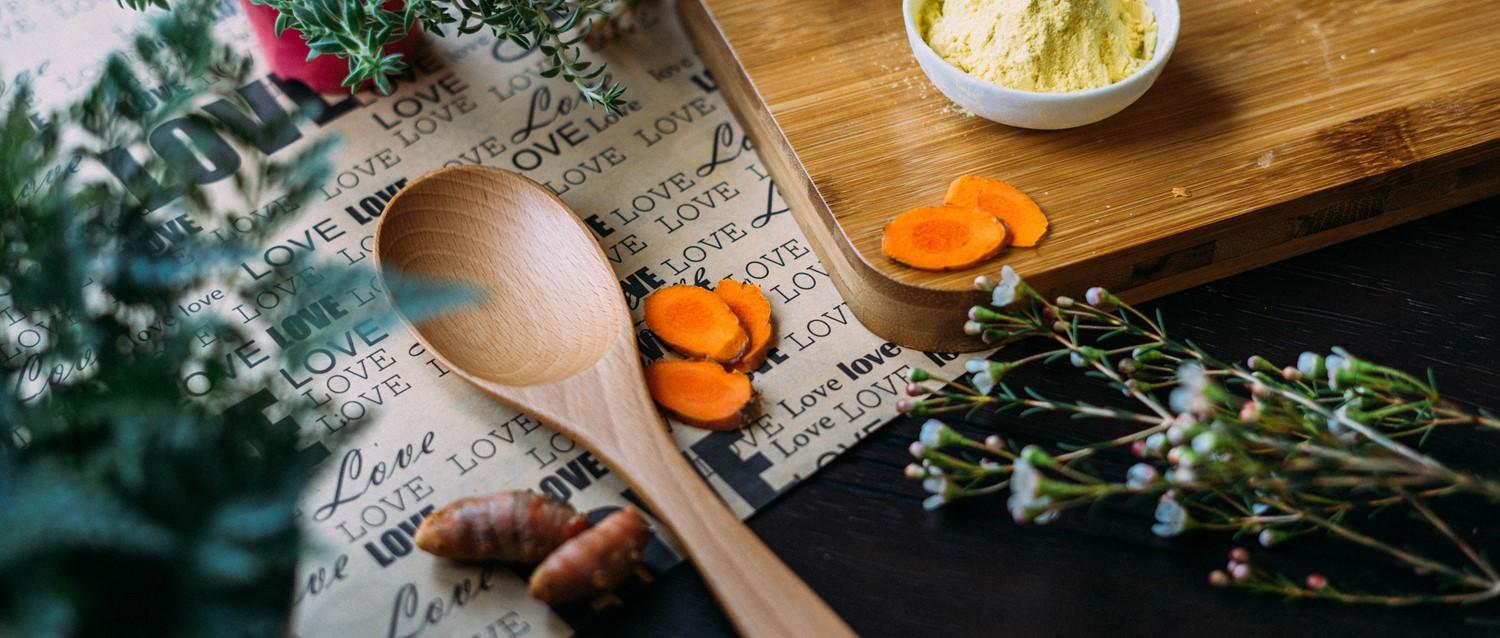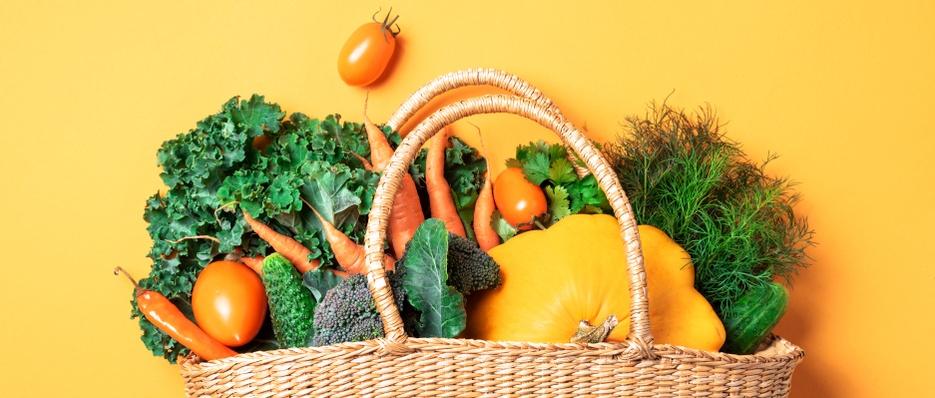
Changing your dietary habits after a type 2 diabetes diagnosis
Peer reviewed by Dr Sarah Jarvis MBE, FRCGPAuthored by Rose Constantine Smith, ANutrOriginally published 8 Oct 2017
Meets Patient’s editorial guidelines
- DownloadDownload
- Share
- Language
- Discussion
Managing your diet can make a huge difference if you have type 2 diabetes, but you might need to reverse some lifetime habits and cut some common meals. We've put together some suggestions around creating shopping lists and portion control, especially when eating out in restaurants.
Sign up for our free 10-week Diabetes course!
Each week, we'll explore a different topic to help you better understand and manage your diabetes, including everyday living and medicines, to mental wellbeing, the latest in diabetes tech, and nutrition.
By subscribing you accept our Privacy Policy. You can unsubscribe at any time. We never sell your data.
In this article:
Common advice for those suffering from type 2 diabetes is to follow the general healthy eating guidance given to the rest of the population.
Although this may help to improve general health and blood sugar control there is another diet which is starting to show better outcomes.
The diet in question is the low-carbohydrate diet. Recent studies have found this approach to controlling blood glucose very successful. One example is a small study which put 10 overweight patients with type 2 diabetes on a low-carbohydrate diet for 14 days. The results at the end of the two-week period showed that their blood sugar levels were back into a normal range.
This and other studies are highlighting the possibility that more people could reduce or remove the need to take medication and instead, allow them to self-manage the disease. However, this approach isn't suitable for everyone. It mustn't be done without the support of a medical professional who can monitor blood sugar levels during the process.
Continue reading below
What to eat instead of carbohydrates?
Carbohydrates, or 'carbs', are plant-based foods which are high in fibre, sugar and starch. For example: bread, pasta, rice and potatoes. These foods are great for providing a rich source of energy, but the energy comes from carbs being broken down into glucose for the body to process which is not what your body needs when you have diabetes.
Many low-carb diets aren't no-carb diets - they don't cut out carbs entirely. Instead, as well as reducing the overall amount, they focus on ensuring any carbohydrates eaten are complex carbs like whole grains and pulses. These are more slowly absorbed from the gut and don't increase glucose as quickly. Some studies have suggested that swapping the carbohydrates for a combination of fats and leafy vegetables can be beneficial.
Essential fats have a minimal impact on glucose levels but will make you feel full for longer and support bodily function, while leafy, low-carbohydrate vegetables have a high nutrient value. However, it's important to remember that fats are high in calories, so portion control is important too.
Food swaps
From: | To: |
Roast or mashed potatoes | Roast or mashed cauliflower |
Pasta and spaghetti | Squash noodles |
Rice | Broccoli or cauliflower rice (delicious when egg fried) |
Breakfast cereal | Greek yoghurt with crushed nuts and chopped whole fruit |
Crisps | Kale crisps |
Chips | Roasted carrots |
Wraps and buns | Lettuce leaves |
Flour | Nut flours |
Noodles | Courgetti |
Low-carbohydrate does not mean not filling. Top dishes with nuts and seeds and fill your plate with your favourite vegetables and good fats like avocado.
A low-carbohydrate day might look like:
Breakfast - tomato and feta omelette.
Lunch - chicken and avocado salad.
Dinner - cod with ratatouille.
Snacks - Greek yoghurt with berries or an apple with a small handful of nuts.
Remember that habit is everything when adapting to a new diet and making sure that you have the right food available at all times is key to success.
You can still enjoy eating out
For many people with type 2 diabetes, eating out can be a minefield resulting in the avoidance of social occasions.
However, the condition does not mean that you can’t enjoy a meal out with friends and family. You just need to be clever about your food choices and not be afraid to talk to restaurant staff about changing your dish, within reason.
Swap it up
As many restaurant dishes are served with potatoes, rice or chips, ask the waiter if it is possible to swap these for steamed greens or other lower-carbohydrate options on the menu.
Dodge the bread basket
As tempting as it may be, try to avoid the lure of the bread basket. Ask for some olives to keep you busy while waiting for your main meal instead.
Check ahead
It can be stressful and a bit of a mood killer when in a restaurant if you have to take the time to dissect the menu for something suitable. So check the menu online before going out, or call the restaurant to check if they would be happy to make a few modifications.
Stick with it
It would be a lie to say that these changes were easy or small. If you have spent your life eating carbohydrates with every meal it can take time to adjust to these changes. However, the health benefits (including the potential to reduce or eliminate the need for medication) that have been shown by several studies, should far outweigh the cons.
Patient picks for Type 2 diabetes

Diabetes
Diabetes diet: managing type 2 diabetes
If you have type 2 diabetes it is often difficult to know which foods you should or should not eat. Here we explain the key elements of a diabetes diet to help you prevent or delay associated health problems, and address some common myths around eating with type 2 diabetes.
by Lawrence Higgins

Diabetes
Changing your dietary habits after a type 2 diabetes diagnosis
Managing your diet can make a huge difference if you have type 2 diabetes, but you might need to reverse some lifetime habits and cut some common meals. We've put together some suggestions around creating shopping lists and portion control, especially when eating out in restaurants.
by Rose Constantine Smith, ANutr
Article history
The information on this page is peer reviewed by qualified clinicians.
8 Oct 2017 | Originally published
Authored by:
Rose Constantine Smith, ANutrPeer reviewed by
Dr Sarah Jarvis MBE, FRCGP

Ask, share, connect.
Browse discussions, ask questions, and share experiences across hundreds of health topics.

Feeling unwell?
Assess your symptoms online for free
Sign up to the Patient newsletter
Your weekly dose of clear, trustworthy health advice - written to help you feel informed, confident and in control.
By subscribing you accept our Privacy Policy. You can unsubscribe at any time. We never sell your data.